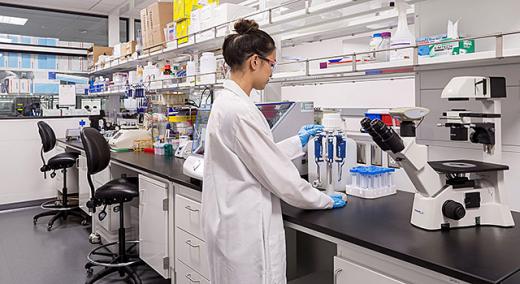JLABS
Developmental biologist Matthew Scott and I went from purely basic biological research in our lab at Stanford University, to discovering a target for drug development, to identifying a drug for a pediatric brain cancer called medulloblastoma, to a clinical trial—all within five years and for just $500,000.
|
ADVERTISEMENT |
That’s surprising for two reasons. First, the odds of successfully getting a drug to clinic are very low. For every 10,000 candidate drugs, only five are ever tested in clinical trials. The few that do make it into pharmacies have on average a $1 billion development cost for research, testing, and clinical trials. For this reason, the gap between scientific discoveries and clinical trials is commonly referred to as the “valley of death.”
The other reason my experience is atypical is because most new drugs are developed for a disease of interest by pharmaceutical companies. In contrast, we identified existing drugs that were developed for other diseases but could be repurposed.
…

Add new comment